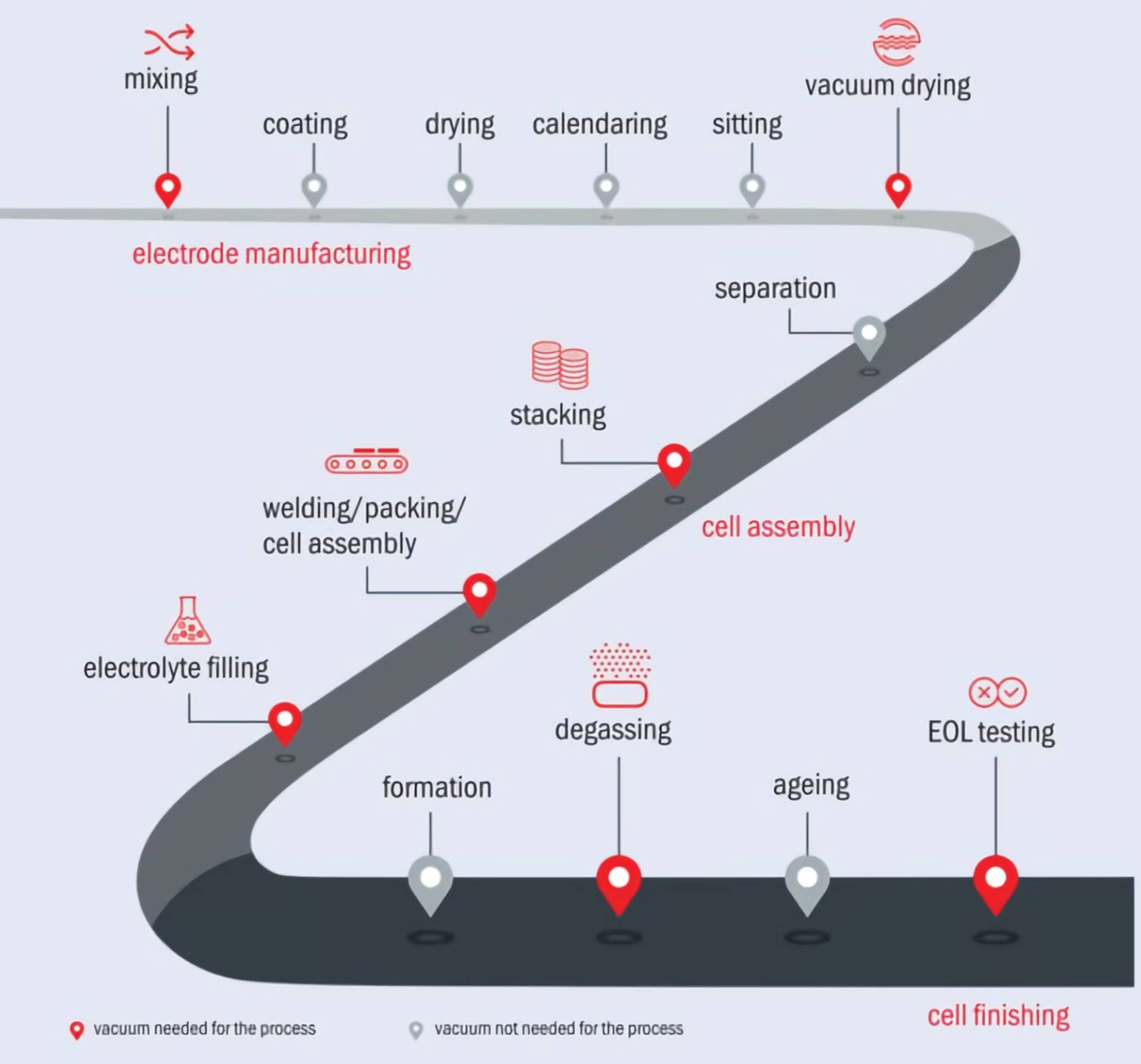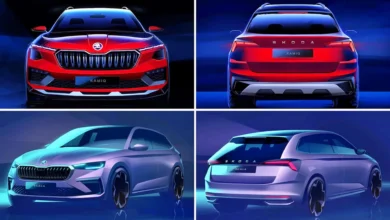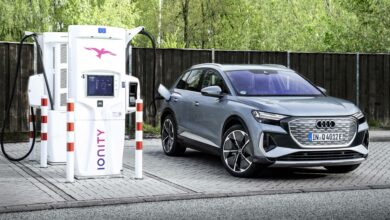
The International Energy Association predicts in its Global EV Outlook 2021 report, that by 2030 there will be more than 250 million electric cars on the roads – about 15% of the world park – and that annual sales will reach 44 million.
There is a major change in the mobility of our society and a push to reduce CO2 emissions. The race to minimize dependence on fossil fuels promoted by governments, and the upward forecasts in the sales of electric cars, pose a scenario in which batteries will have to be mass-produced to meet demand.
Electric car battery manufacturing facilities are mostly located in China, producing them at an estimated combined power of a few hundred GWh, according to data provided by the German Mechanical Engineering Association (VDMA), which predicts demand will grow. to almost 3,000 GWh by 2030.
Reducing manufacturing costs is key
Parallel to the increased battery production capacity required, there is enormous pressure to reduce manufacturing costs, approaching the problem from different perspectives.
The first is that modernizing or building more factories like the existing ones is not going to solve the problem. The trend is to bet on battery gigafactories that, through economies of scale and more automated processes, can reduce costs. This is the case of Envision AESC and Verkor that will build 2 gigafactories of batteries for Renault, information that you can read in this medium.
Vacuum specialists work closely with production engineers to streamline battery manufacturing

However, it is vacuum technology that can bring big improvements in inefficiency. Vacuum is present in various phases of battery manufacturing.
In the first phase, the vacuum prevents both the entry of particles and the formation of air bubbles, improving both the purity and the homogeneity of the paste containing the cathode and anode materials.
Subsequently, vacuum drying is used to speed up evaporation and lower required temperatures, making drying more efficient.
Finally, the cells are reworked under vacuum in the assembly of the cells, when they are filled with electrolyte and the finished battery is degassed. In this phase, the electrolytes are toxic and highly flammable, and the high-quality vacuum allows a safer process and avoids the use of pump oils that would involve frequent filter changes.
Vacuum specialists and production engineers work together to redesign each of these phases, reducing execution times, energy, and raw materials.
Sustainability related to production efficiency
The improvements in the different manufacturing phases where vacuum is present are closely related to making these processes more sustainable.
One of the proposals is to reduce the energy required from vacuum drying, which, according to Chris Yuan of Case Western Reserve University in the USA, represents 47% of the total energy required to manufacture the battery pack of a Nissan Leaf. The Leybold company, specialized in vacuum technology innovation, proposes adding infrared lamps to achieve the necessary temperature increase in less time.
According to Leybold, the energy consumption of vacuum pumps could also be improved through software and hardware by providing vacuum only when necessary. “Normally, vacuum pumps always run at full speed, although the required vacuum level may change during a process cycle. Smart pumps can achieve significant energy savings by providing only the required pumping speed “, they explain from the company.
Vacuum technology, Other suggestions for improvement
The engineering team also suggests replacing the split-chamber process with a continuous version in which the electrodes move through a series of chambers under different environmental conditions, increasing cost and energy savings. The long-term goal is to do without vacuum drying.
Lastly, improving the electrolyte battery filling process is another great efficiency goal, as it is a complicated and expensive process: the highly porous structure of the electrode must be completely wet for the battery to function properly. The use of the vacuum reduces the time, but it must be repeated several times. This is why research is focusing on finding alternative solid-state battery designs that avoid liquid electrolytes altogether.
The advances that will make it possible to produce batteries to meet the demand expected in the coming years involve improving every detail that impacts the efficiency of manufacturing processes, and that is where vacuum technology has a lot to contribute.





